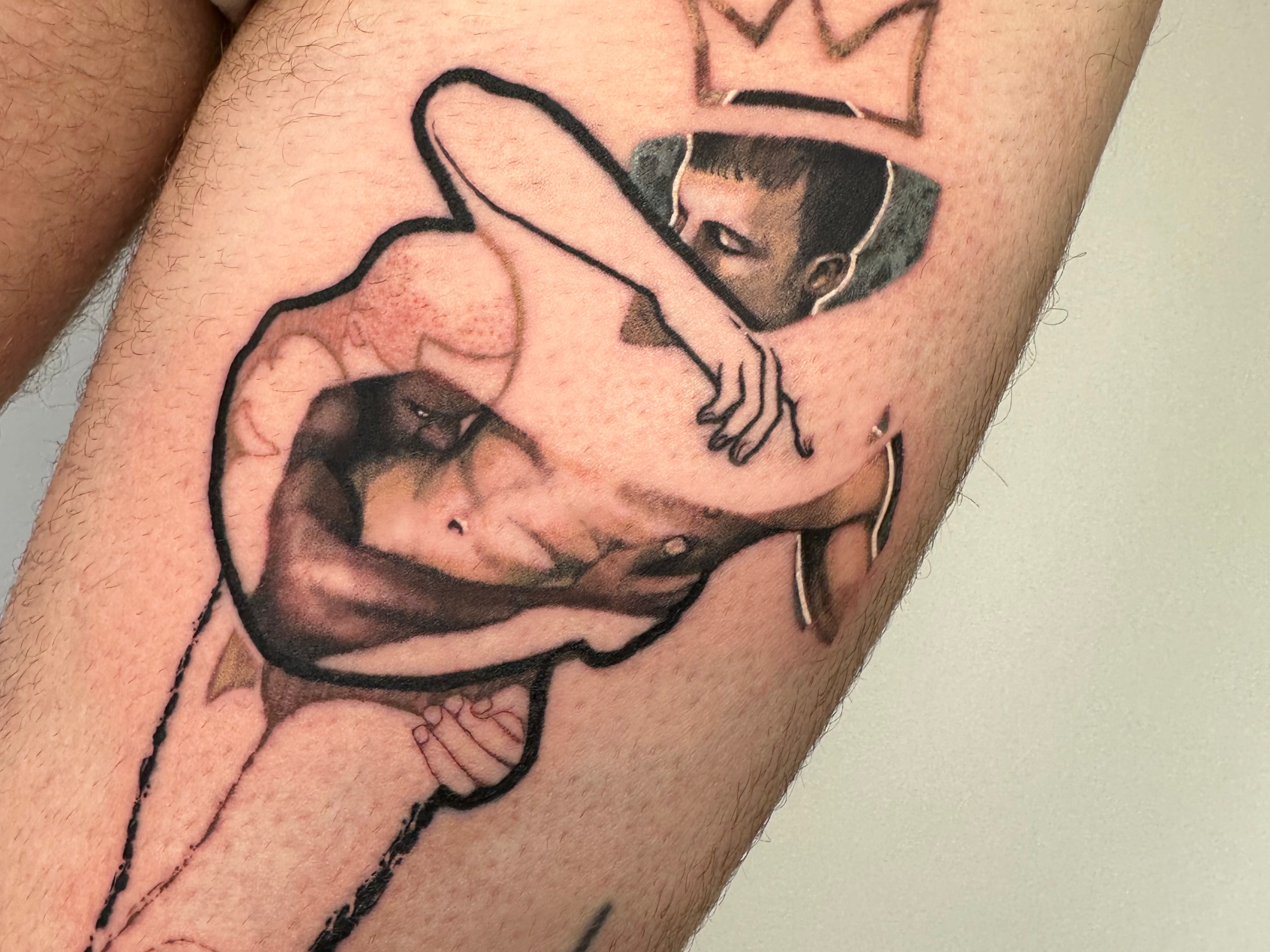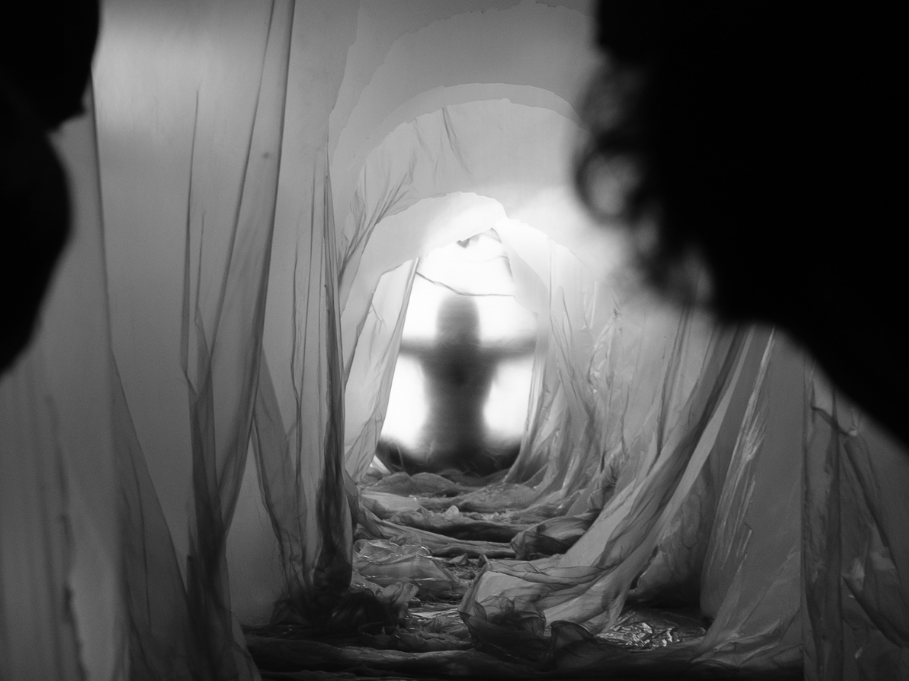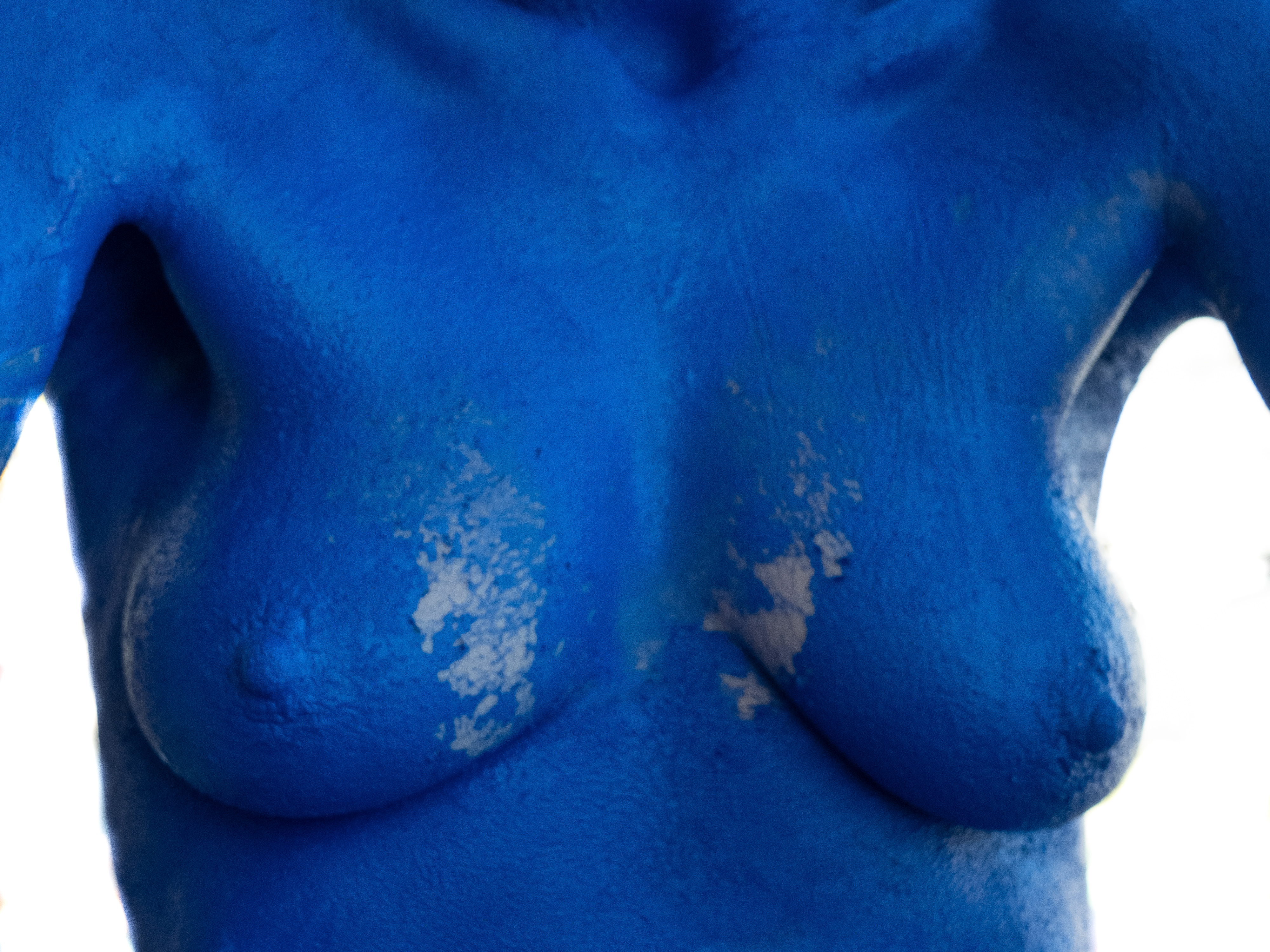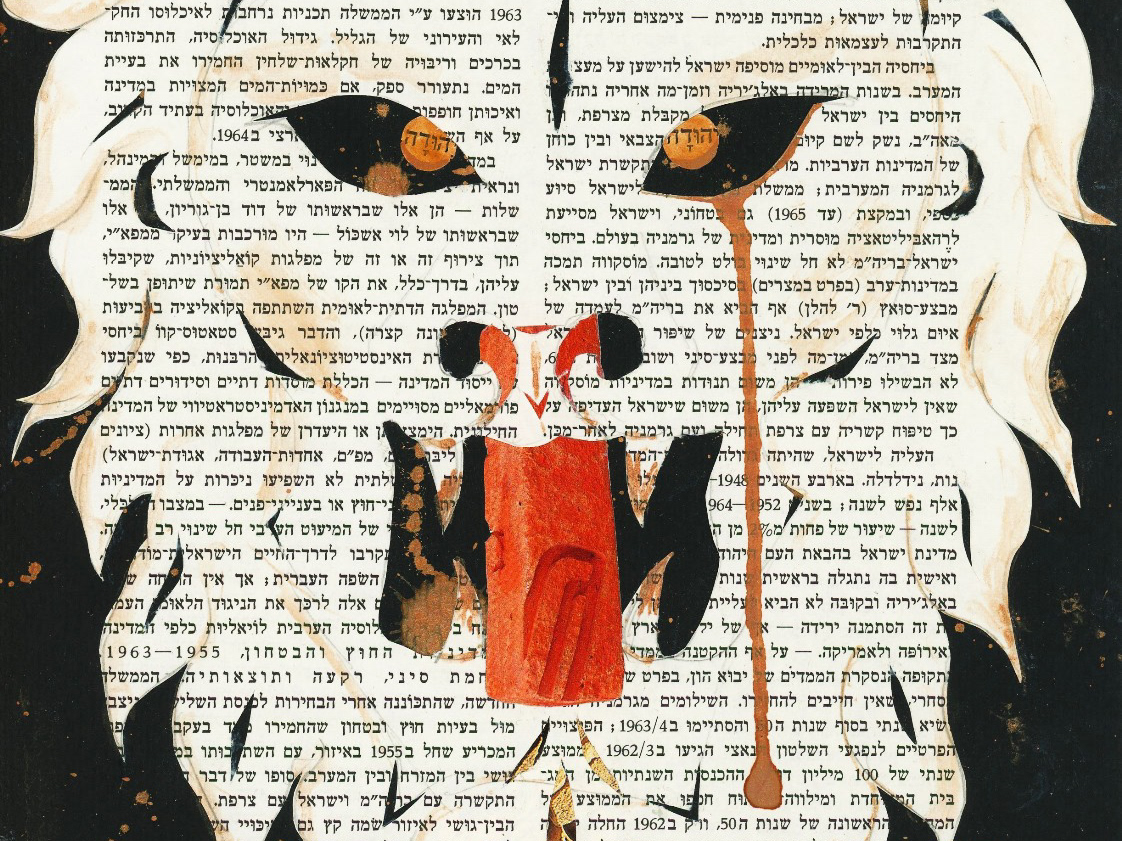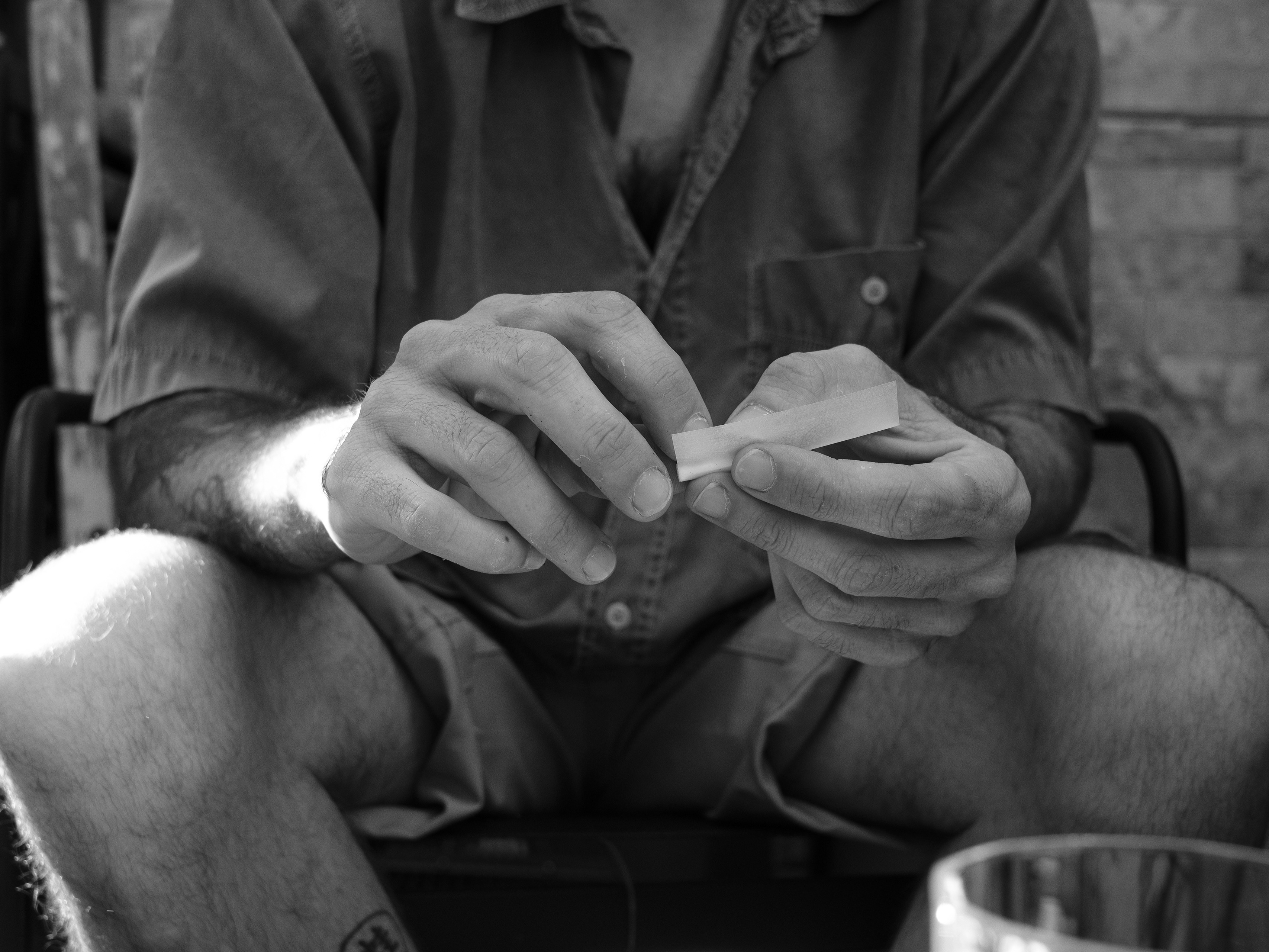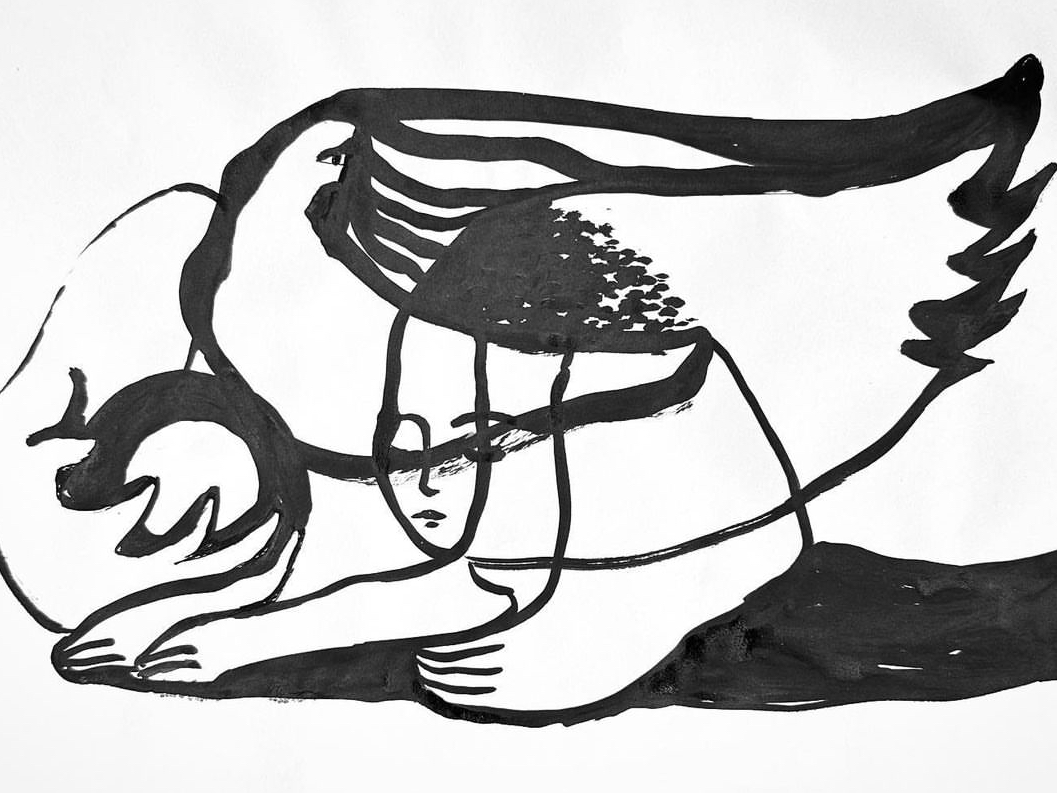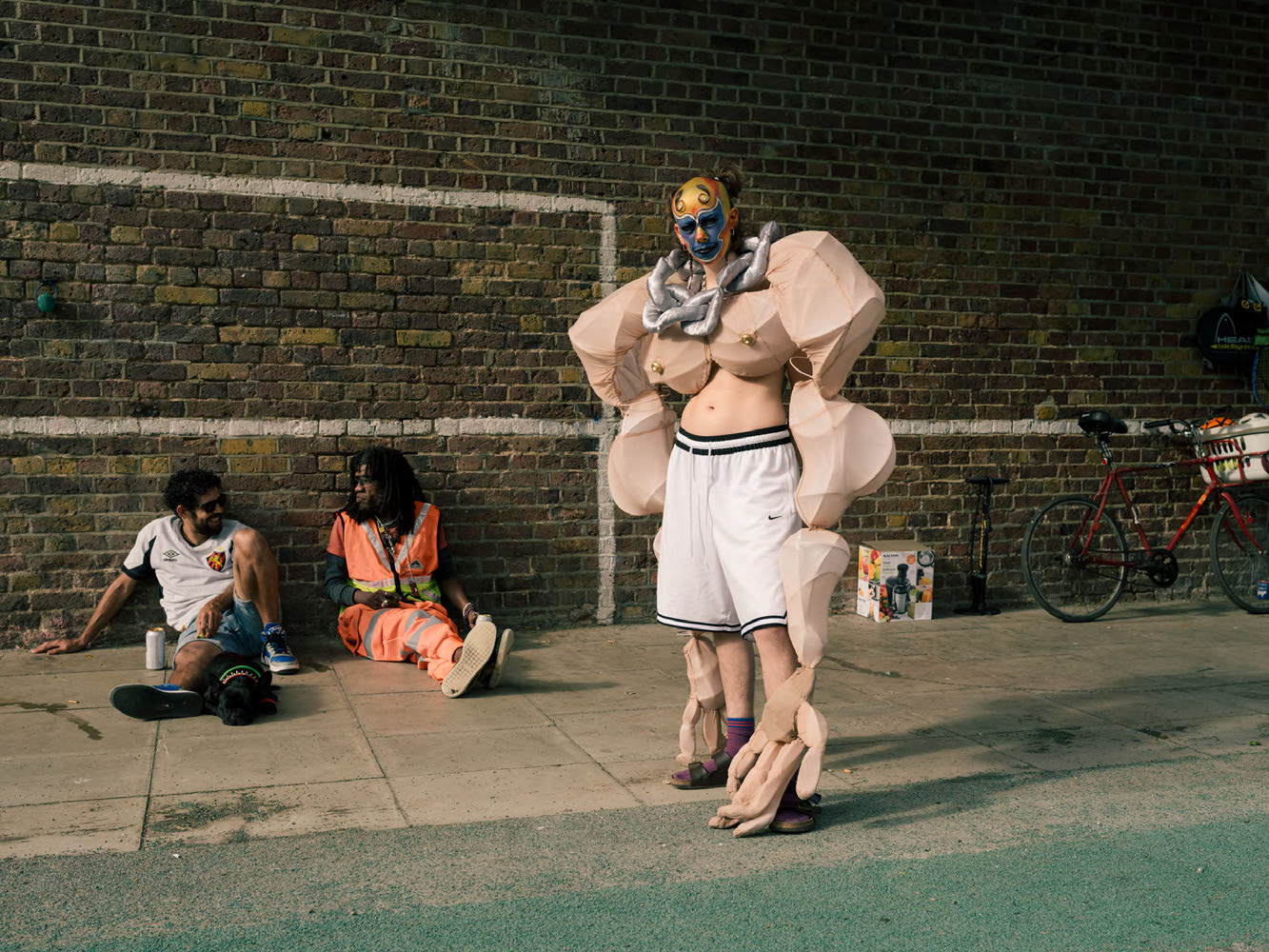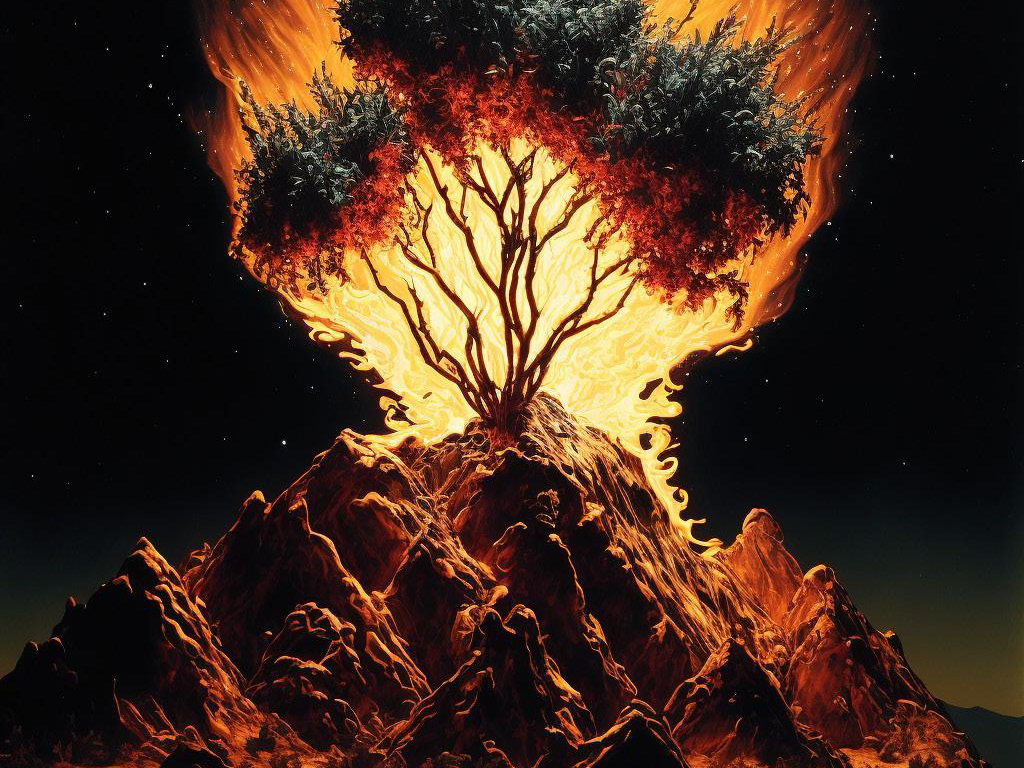Maor Maya's Late Night Ball Room
Reported by Elijah Kagan
Ballroom culture, a phenomenon both subversive and celebratory, represents a crucible where identity, artistry, and resistance are forged in the fires of societal exclusion. Emerging from New York’s queer underground scene, the ballroom scene has always been a bastion of defiance, a space where those marginalized by race, gender, and sexuality could not only exist but flourish. The culture, steeped in the legacy of those who sought to create beauty in the face of oppression, is more than a mere performance; it is a reclamation of identity, a subversive act of selfcreation against the backdrop of a world that too often seeks to erase the very existence of its participants.
For those unfamiliar with ballroom culture, it is a vibrant and dynamic subculture where participants compete in various categories that range from dance and runway walks to fashion and gender presentation. These events, known as balls, are not just competitions but celebrations of individuality, creativity, and resilience. Participants, often organized into "houses"—chosen families within the scene— compete for trophies and prestige, all while expressing their true selves in an environment that is as inclusive as it is competitive.
In Tel Aviv, a city known for its rich and diverse LGBTQ+ culture, Maor Maya has emerged as a significant figure within the burgeoning ballroom scene. As a producer, host, and educator, Maor has been instrumental in cultivating and promoting ballroom culture in Israel. His work is deeply connected to broader LGBTQ+ initiatives in Tel Aviv, such as those supported by Hagra Center, Layla Bar, and others, which provides social, cultural, and support services to the community.
Through these platforms, Maor continues to advocate for inclusivity and visibility within the LGBTQ+ community, making a significant impact on the cultural fabric of Tel Aviv. We were fortunate to speak with Maor Maya about his contributions to this edition of UNHiNGED, where he shared insights into the evolution of the ballroom scene in Tel Aviv and his ongoing efforts to foster a supportive and celebratory environment for the city's LGBTQ+ community.
How did the ballroom scene start in Tel Aviv?
In Tel Aviv, the main ballroom scene began with “TLV Ballroom.” I discovered ballroom through online platforms before any events were held locally. TLV Ballroom were the first to host a ball in TLV. When I started the kiki scene, at first with Lee Ella Bibas. We started with a kiki ball in Jerusalem. My goal has been to introduce and develop this scene, ensuring that everyone has a space to explore and express who they are.
Can you explain the evolution of ballroom culture since its inception?
Ballroom culture began as a space for marginalized groups, especially Black and Latin trans women. Over time, it has evolved and became a worldwide phenomenon. Locally our scene has grown, with participants now being more knowledgeable and diverse. Initially, I had to educate people about categories and the essence of ballroom, but now it’s more established and recognized. Seeing this evolution has been incredibly rewarding.
What are some of the main categories in a ballroom event?
There are numerous categories in ballroom, including Performance, Face, Body, and Realness. Realness, for instance, challenges participants to present as convincingly as possible within certain norms, whether that’s passing as a cisgender, straight individual or doing so while embodying a specific aesthetic. Each category allows for different forms of expression and competition, highlighting the diversity and creativity within the scene.
How do participants prepare for their performances in ballroom events?
Participants prepare by honing their craft through practice sessions and classes. They work on their performance techniques, such as runway walks, and carefully plan their outfits and makeup to fit the category they’re competing in. Preparation involves both physical and creative effort to showcase their best selves. I’ve seen participants go to great lengths to perfect their looks and routines, and the results are often breathtaking.
How does the concept of identity play a role in ballroom?
Identity is central to ballroom culture. It originated from the need for marginalized individuals to assert their identity in a space where they felt not only “accepted” but also loved and appreciated for who they are. Ballroom celebrates diverse identities, providing a platform for people to express themselves fully and be celebrated for who they are. This aspect of ballroom is what makes it so powerful—it’s not just about the competition, but about being seen and validated for your true self.
Can you share some memorable performances or artistic expressions from the ballroom scene?
One standout performer is Icon Leiomy Maldonado, known for revolutionizing Vogue Feme with her innovative moves. Her performances are mesmerizing and have set new standards in the scene. Additionally, my first European ball experience was unforgettable, filled with high energy and love, it deeply inspired me to continue working in this field. These moments remind me why I’m so passionate about ballroom: it’s an art form that constantly evolves and pushes boundaries.
How does the ballroom scene impact the wider LGBTQ+ community in Tel Aviv?
Initially, the broader LGBTQ+ community in Tel Aviv didn’t fully understand ballroom. However, as the scene has grown, it has become an integral part of the community, offering a unique and vital space for self-expression and celebration. It has enriched the local LGBTQ+ scene and provided a much-needed outlet for those seeking a more inclusive and vibrant community.
What role does the ballroom scene play in supporting and uplifting the transgender community?
Ballroom is one of the few spaces that truly celebrates and uplifts trans people. It provides a supportive environment where they can express their identity and be celebrated. This has been a key focus in my work: ensuring that ballroom is a welcoming space for all, especially for trans individuals. The recognition and respect trans individuals receive in ballroom are crucial, and it’s something I’m committed to preserving.
What do you envision for the future of ballroom in the coming years or decades?
I envision a future where ballroom continues to expand and gain recognition globally. I hope to see more trans and people of color making significant impacts in the scene. Additionally, I dream of creating resources and spaces to support LGBTQ+ youth, possibly incorporating ballroom into these initiatives. The future is bright for ballroom, and I’m excited to be a part of its continued growth and evolution.
Are there any upcoming events or projects you're particularly excited about?
I’m excited about continuing to host and produce events, including a recent successful event: “The White Night Kiki Ball” In “Beit Hameholot”. The energy and planning required for these events are immense, but they’re incredibly rewarding. Stay tuned for more exciting developments through @voguenighttlv and my personal page, @maorealness.
How can the wider community support and engage with the ballroom scene?
Support can come through understanding and respecting the culture, engaging with and promoting ballroom events, and spreading awareness about its significance. It's crucial to educate oneself and not just view it as a trend but as a profound and historical cultural movement. Ballroom is more than just a spectacle; it's a vital part of our community’s history and future.
What message would you like to convey to those unfamiliar with ballroom and its importance?I encourage people to learn about ballroom culture. It’s a vibrant, essential part of LGBTQ+ history and identity, born out of struggle and resilience. Experiencing it firsthand is the best way to understand its significance and the joy it brings to those involved. Ballroom is about more than just performance, it's about celebrating who we are and where we come from.
Tel Aviv is a city teeming with pockets of people on quests for identity and community: two elements that often intertwine and drive the creative spirit. Whether through art, activism, or cultural movements, individuals across the city are constantly exploring and redefining what it means to belong, to express, and to create.
Our time with Maor Maya provided a glimpse into the vibrant and transformative world of ballroom culture in Tel Aviv. The incredible ways in which people in our city are not only finding but also crafting their own spaces of life and creativity. Maor’s work within the ballroom scene is a powerful example of how art and community can come together to forge new paths of expression and solidarity. As we continue to explore and celebrate the diverse and dynamic ways people in Tel Aviv create and connect, we are reminded of the profound impact that these cultural pockets have on the city's collective identity. Through efforts like Maor's, Tel Aviv becomes not just a place, but a living canvas of creativity and community.
Photos and Text by Elijah Kagan
Maor Maya's Late Night Ball Room was originally published in October 2024 as part of UNHiNGED #4. Who Are You? The full edition is available for physical or digital download on our store.

